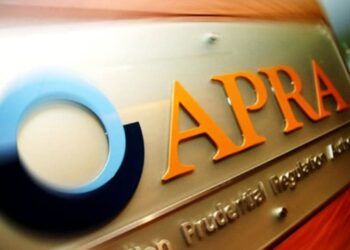Payday super is part of a “whole program of work” to reduce unpaid superannuation by employers, according to Minister for Financial Services, Stephen Jones.
Payday super, to be introduced from 1 July 2026, will see super paid at the same time as an employee’s wages rather than monthly or quarterly. It was announced by Treasurer Jim Chalmers in May as part of the 2023 federal budget.
A 25-year-old median income earner currently receiving their super quarterly and wages fortnightly could be around $6,000 or 1.5 per cent better off at retirement under the new proposals.
In 2019–20, the Australian Taxation Office (ATO) estimated $3.4 billion worth of super or almost 5 per cent of the total expected SG contributions for the year went unpaid.
Speaking this week, Jones said: “Payday super is all about reducing to zero the amount of unpaid superannuation. The problem with the current arrangements is it can be a minimum of three months; it could be as much as six months before we work out somebody hasn’t paid their superannuation.”
When asked in a press conference whether this would be followed by legislation to include super and wage theft offences in the Closing the Loopholes Bill and encouraging the Australian Taxation Office (ATO) to use its existing criminal powers to track down employers who weren’t paying super, Jones said this is something that will be considered at a later date.
“We’ve got a whole program of work right across various portfolios to reduce the issue of unpaid superannuation, one step at a time. Yes, we can look at the overall penalties that are involved once we get all these other building blocks in place,” Jones said.
“We’ll look at whether we need to align all the other laws once we have that in place, but addressing the underlying issue of having super and wages paid at the same time will fix the overwhelming majority of this issue.”
Analysis by Industry Super Australia (ISA) has found payday super could support 1 million women’s retirement savings. Its analysis found that approximately 1 million Australian women had lost more than $1.3 billion in super contributions they were owed in a year.
About a quarter of women working in industries such as childcare, aged care, hospitality, and personal services suffered super underpayments that was costing them up to $40,000 from their retirement savings.




